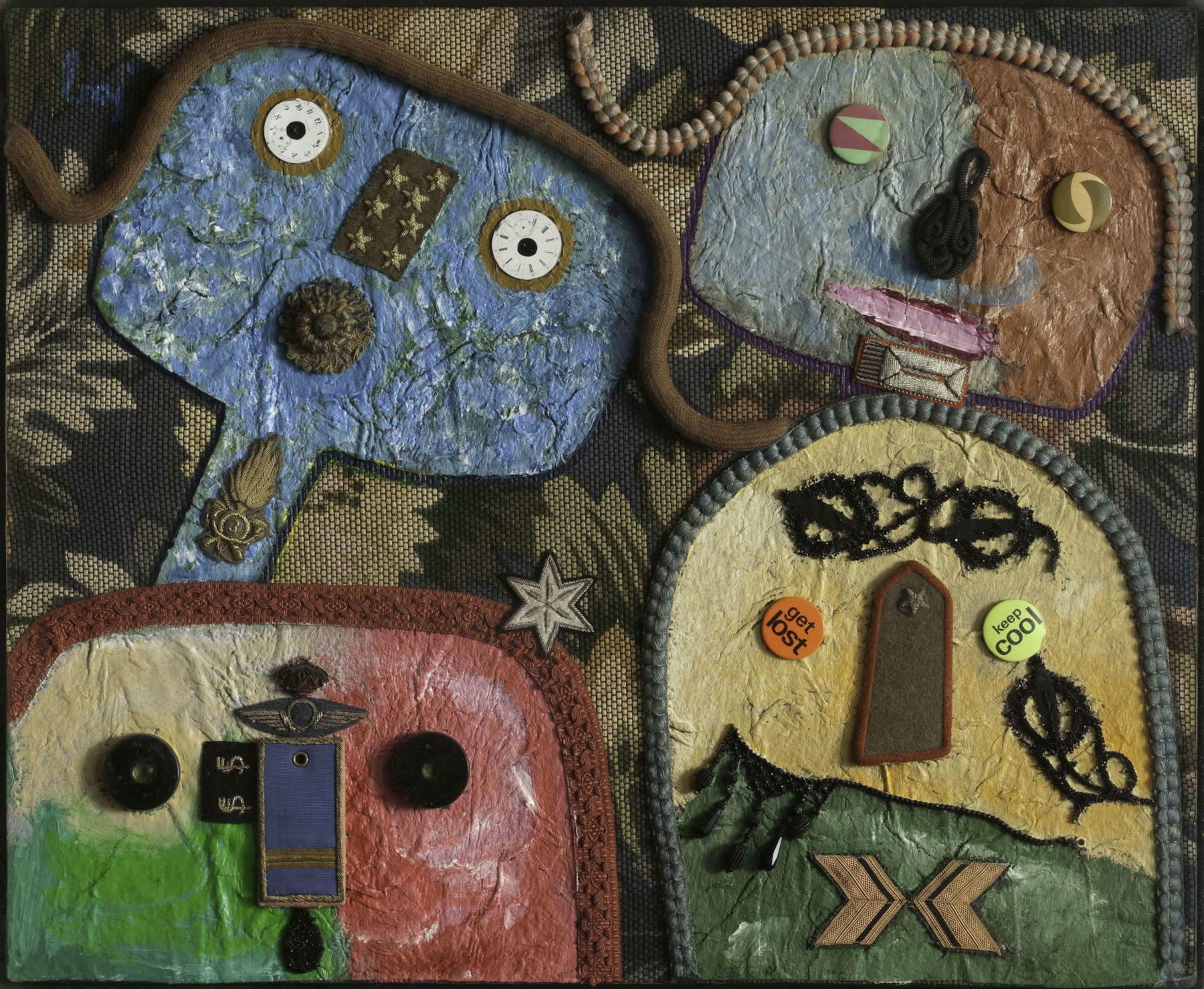Venice, a conference on Italy and surrealism at the Peggy Guggenheim
On the occasion of the centenary of the Manifesto of Surrealism, written by André Breton in 1924, the Peggy Guggenheim Collection presents the two-day conference entitled Italy is More Surrealist than the Pope, to be held Oct. 17 and 18 at theSanta Margherita Auditorium of Ca’ Foscari University Venice. Curated by Grazina Subelyte (Associate Curator of the Peggy Guggenheim Collection), Giulia Ingarao (lecturer at the Academy of Fine Arts in Palermo) and Hubertus Gassner (art historian and former director of the Hamburger Kunsthalle), the event aims to explore the role Italy played within the international Surrealist movement, from its origins in the 1920s to the postwar period.
The conference, made possible through the support of the KHR Family Fund and organized in collaboration withCa’ Foscari University Venice, will feature internationally renowned scholars. Experts will offer new perspectives to reread Surrealism and its connection with Italy, a hitherto neglected but highly relevant topic, even though we cannot speak of a true Italian Surrealist school. However, artists such as Paolo Uccello, Piero di Cosimo and Giorgio de Chirico deeply inspired the movement, while others, such as Enrico Baj, produced works akin to Surrealist themes.
During the conference, the contributions of international artists such as Leonora Carrington, Salvador Dalí, Leonor Fini and Kay Sage, whose work was influenced by Italian culture, will be analyzed. Lesser-known issues such assurrealist architecture in Italy, private collecting, and the role of exhibitions and magazines in the Italian context will also be examined.
The event represents a unique opportunity to explore the relationship between Surrealism and Italy, offering new keys to interpretation and insights that will help redefine the role of our country in the international Surrealist scene. The conference is open to the public and free of charge while places last.
Following is the program:
Thursday, Oct. 17, 10 a.m.-6 p.m.
Surrealism and Italy: before, during, after
Victoria Noel-Johnson, A surreal game that throws smoke in the eyes: surrealist collecting of Giorgio de Chirico’s works from the 1910s and 1920s
Stefania Portinari, “La poésie se fait dans les bois”. Botanical elements and small dreams in 1920s Italy
Matthew Gale, “Our good surrealist friends”: the case of Marco Levi Bianchini
Anna Watz, Inheritance and appropriation from Giorgio de Chirico in the work of Kay Sage and Gertrude Abercrombie
Surrealism and the Renaissance
Tessel M. Bauduin, “A grand vision of the cosmos and the unconscious”: Piero di Cosimo in Surrealism, with considerations on Paolo Uccello and Giuseppe Arcimboldo
Giulia Ingarao, Renaissance culture at the origins of Leonora Carrington’s organic cosmology
Alyce Mahon, The tower of the surreal: Leonor Fini and the Italian tradition
Giuliana Altea and Antonella Camarda, Bona. A surrealist journey between Italy and France
Museums, galleries, collections
Oliver Tostmann, From Hartford to Rome: The Journey of “Chick” Austin to Italy in 1937
Alice Ensabella, The exhibition “Têtes composées d’Arcimboldo” at Galerie Furstenberg in the spring of 1954
Alessandro Nigro, "Those hills of Tuscany remain on my brain. I fear I am possessed by Italy": 1930s Paris, the Surrealists, a fascination with Italy and Old Masters in Marie-Laure de Noailles’ correspondence with Bernard Berenson
Friday, Oct. 18, 10 a.m.-6 p.m.
Dalí and Italy
Annabelle Görgen-Lammers, Italian Lands Burned by Desire on the Beach of Cadaqués
Elliott H. King, Salvador Dalí’s Italian countryside: mysticism, hiparxiologists and the Divine Comedy
Surrealism in postwar Italy
Gavin Parkinson, Surrealist Bajography
Jérôme Duwa, Jean-Jacques Lebel in Italy (1955-1961): “Front Unique,” critical front
Abigail Susik, Postwar Surrealism exhibited in Milan: the first International Exhibition of Surrealism in Italy, 1959
Ambra D’Antone, A “cold” rereading of Surrealism in Emilia Romagna in the 1960s
Paulina Caro Troncoso, Toward a “historical morphology”: Matta’s Surrealism in Italy
Terri Geis, Manina’s Neon Magic in Postwar Venice
Giulia Tulino, Pavel Tchelitchew and Charles Henri Ford between the United States and Italy after World War II
Surrealist Environments
Tobia Bezzola, Niki de Saint Phalle’s The Tarot Garden.
Hubertus Gassner and Ute Janssen, Edward James’s Sorcerer’s House: a surrealist house?
 |
| Venice, a conference on Italy and surrealism at the Peggy Guggenheim |
Warning: the translation into English of the original Italian article was created using automatic tools. We undertake to review all articles, but we do not guarantee the total absence of inaccuracies in the translation due to the program. You can find the original by clicking on the ITA button. If you find any mistake,please contact us.





























